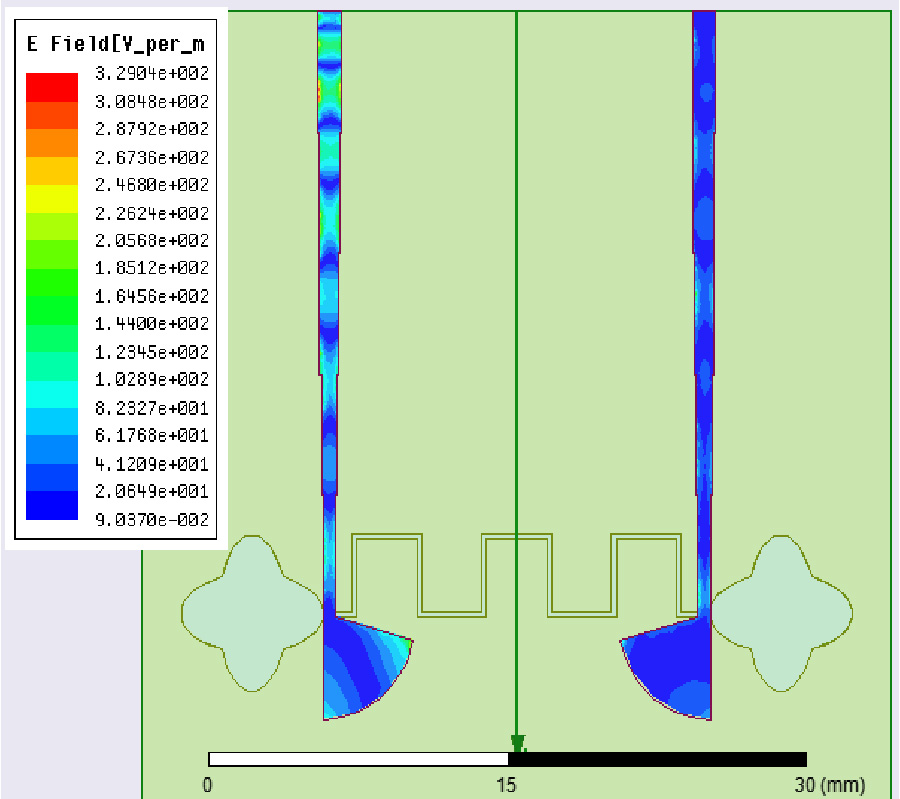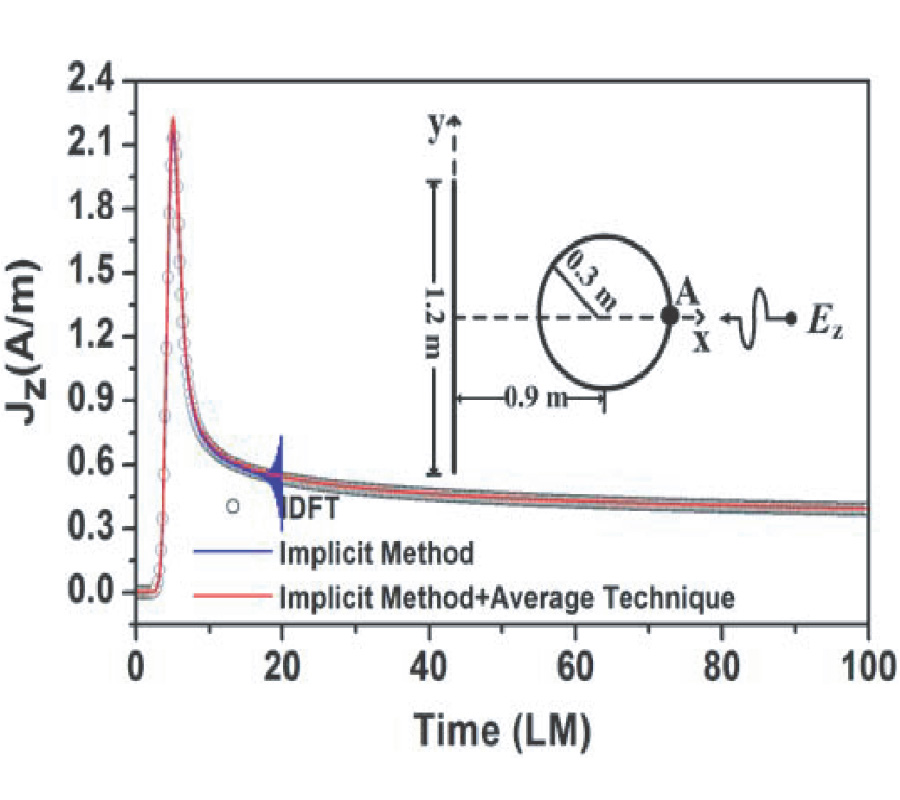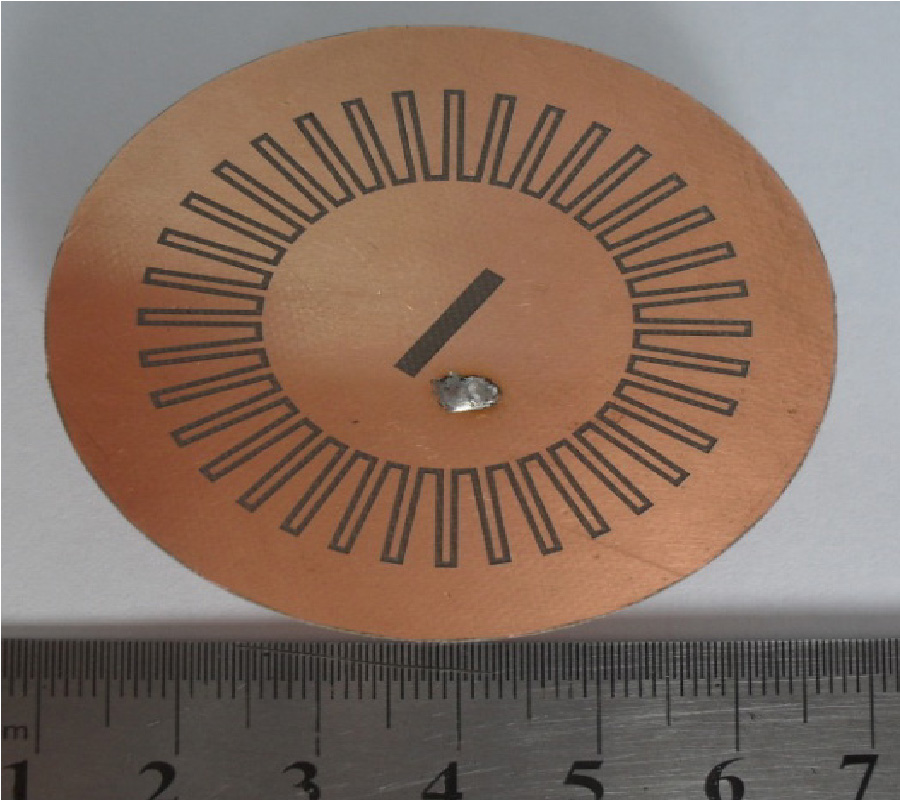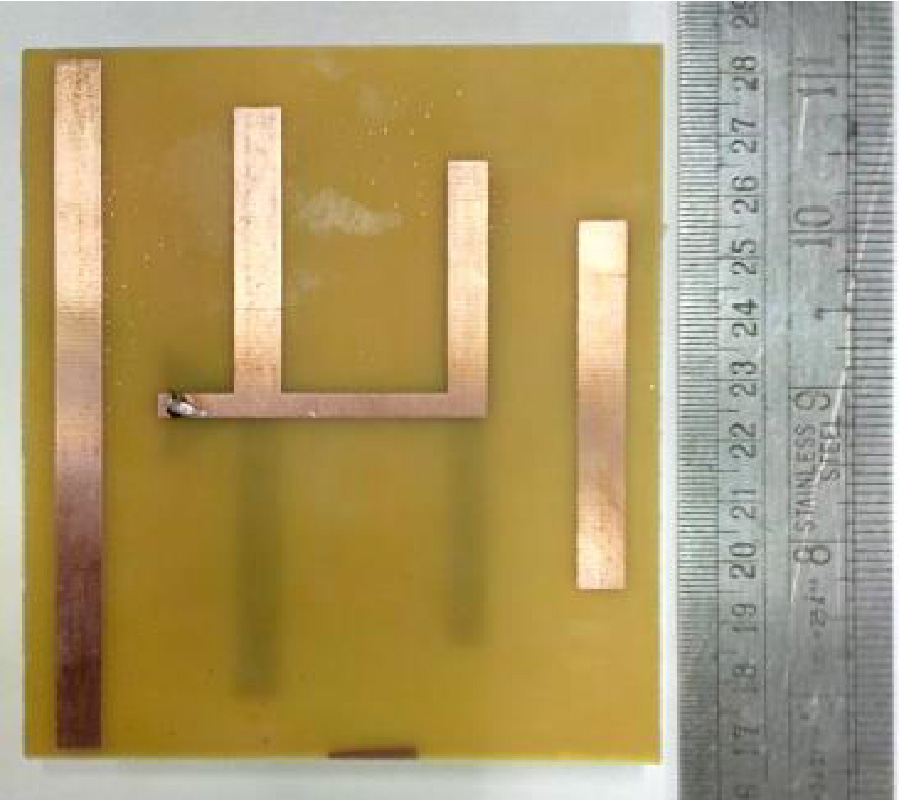An UWB Top-Loaded Monocone Antenna for Multiservice Wireless Applications
Xia Bai,
Ming Su,
Zhaodong Gao and
Yuan'an Liu
A compact ultra-wideband (UWB) top-loaded antenna for multiservice wireless applications is presented. It consists of a metal cone radiator, a small ground plane, four shorting poles and a top-cross plate, among which the top-cross plate with two slots shorted to the ground planet is important to broaden the low frequency bandwidth. The measured result shows that an improved impedance bandwidth of 185% from 1.17 to 30 GHz is achieved. The omnidirectional stable radiation pattern in the horizontal plane is also obtained. The volume of proposed design is approximately 0.0173λ3 at 1.17 GHz. With the small volume and UWB characteristic, the design of the proposed antenna is very suitable for many wireless standards such as Softbank (1427-1500 MHz), DCS1800, PCS1900, UMTS, IMT2000, Wi-Fi (2.4 GHz), WiMAX (2.2-5.5 GHz), UWB (3.1-10.6 GHz), and satellite communication (X band, Ku band and Ka band).



















